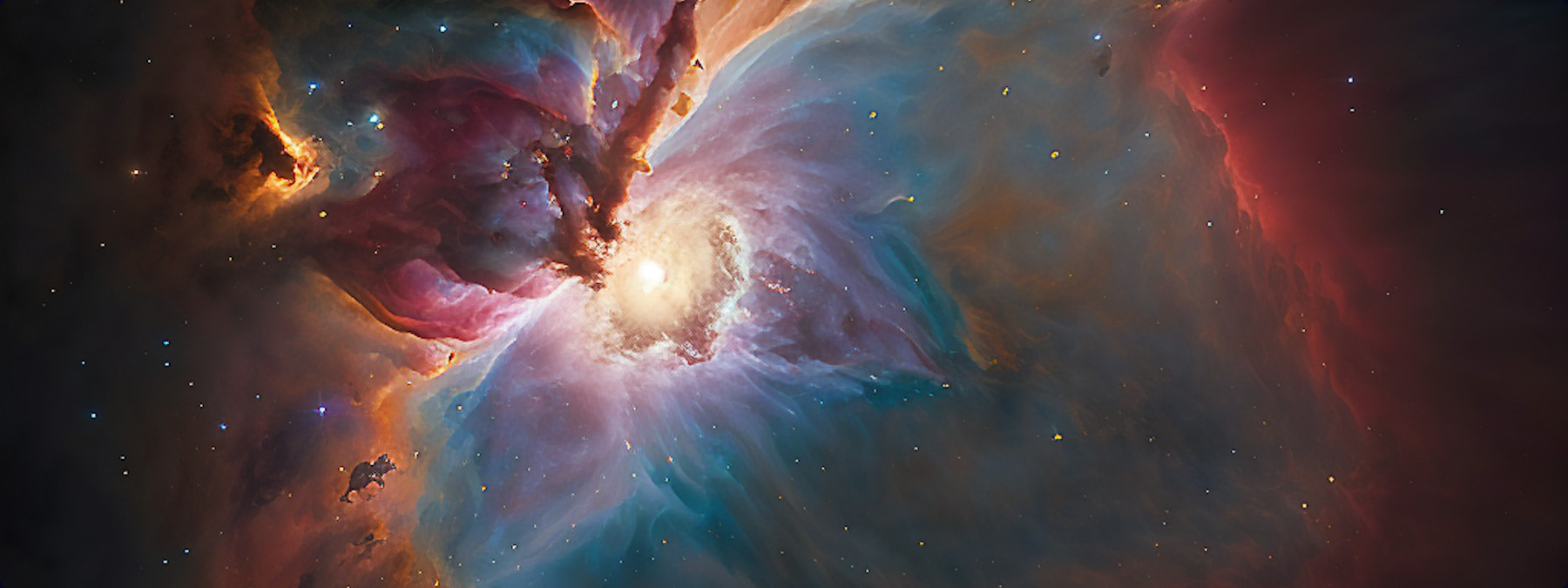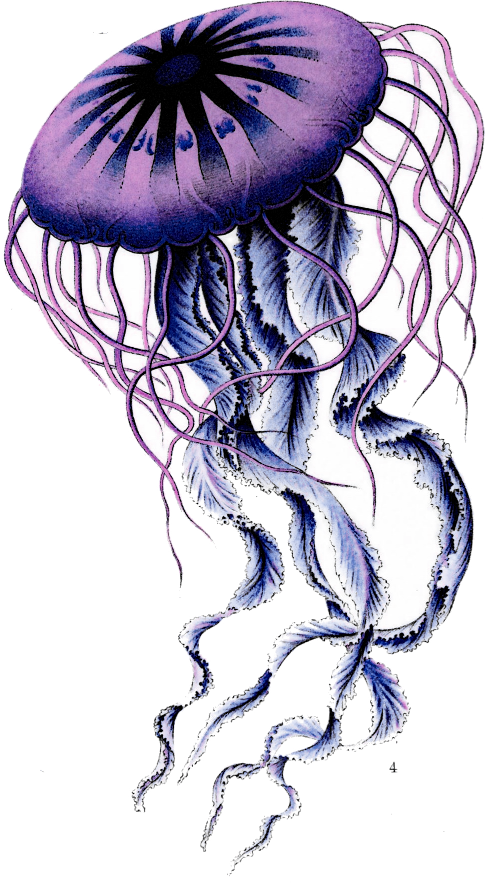Hanging Jelly
Hanging Jellies are jellyfish that adapted to live on land. While many evolved to live back in the ocean, the terrestrial varieties will be the main focus here. Hanging Jellies can often be found hanging from tree branches, or even floating in fields. Each class of Medusozoa is represented here in a diverse set of animals that each were able to adapt on land independently, from hydras to box jellyfish, to true jellyfish, and even tiny parasitic jellyfish. Medusozoa are related to Anthozoa (corals) that were also able to adapt to life on land.
Mostly living sedentary lives, these animals trap all manner of small (and sometimes very large) prey. They engulf their food, stinging it, poisoning it, and then slowly consuming it. Some are much more active, taking on the qualities of squid and can move with speed and intelligence that normally isn't possible in this group of animals.
Oddly many of these hanging jellyfish take on the same roles as arthropods on other worlds. Or maybe it isn't that odd at all, considering that 99% of all arthropods went extinct on Collena around 200 million years ago. Others live in symbiotic relationships with the trees or animals they attach to.





Comments